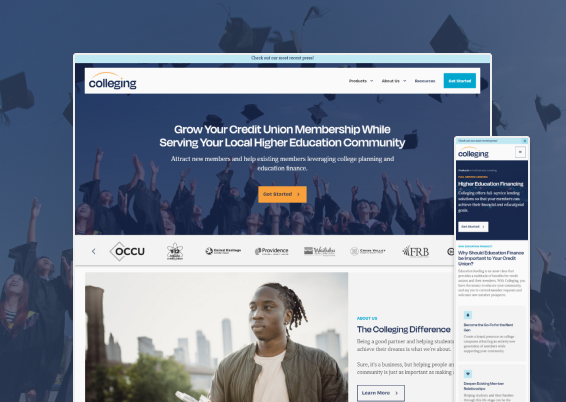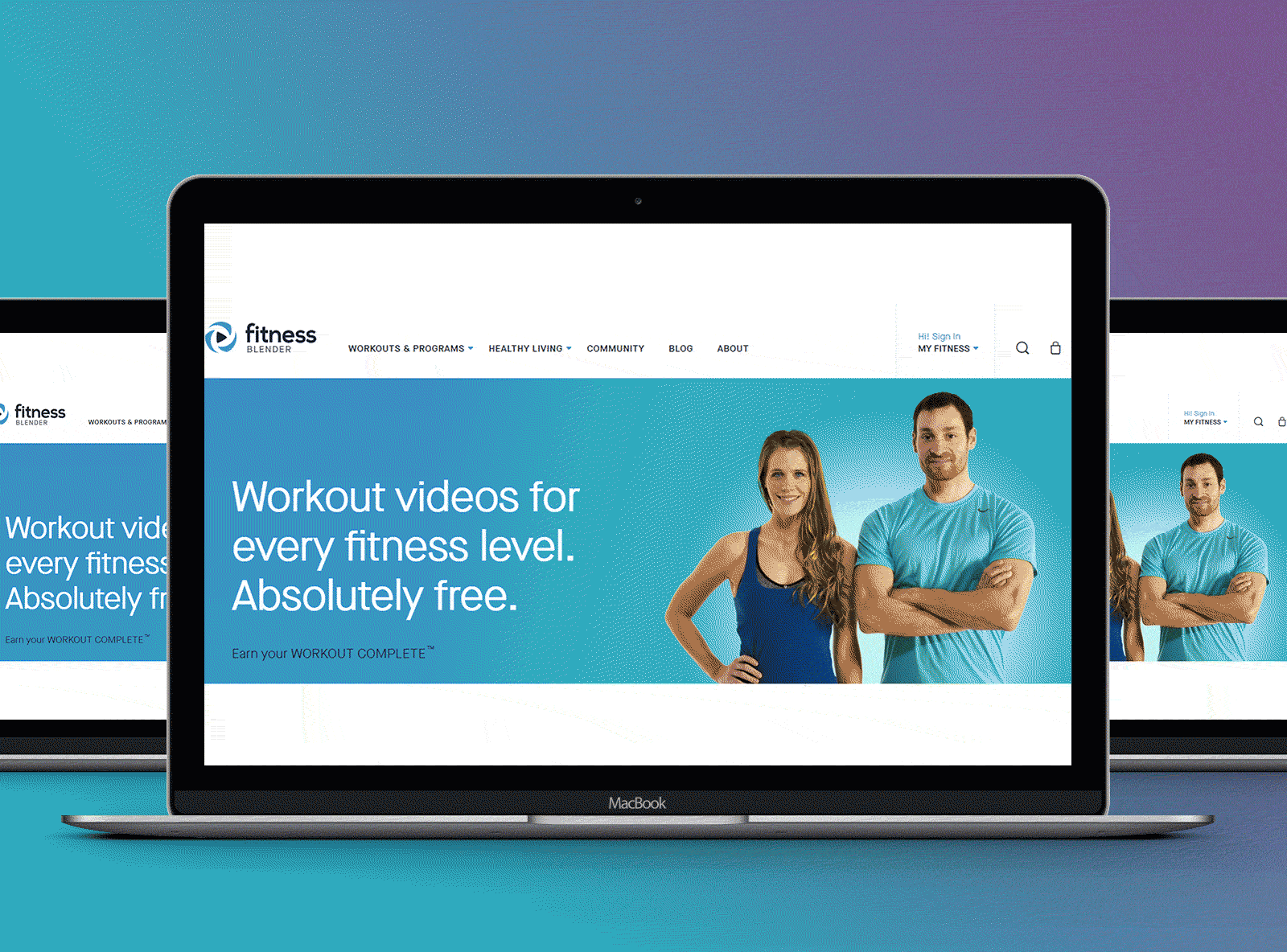Leading Patterns in Modern Website Design for 2024
The Power of User-Centered Site Layout in Expanding Your Online Target Market
Reliable layout principles-- such as user-friendly navigating and accessibility-- are essential in promoting user satisfaction and commitment. What strategies can organizations embrace to guarantee their designs resonate with customers and inevitably drive growth?

Understanding User-Centered Layout
User-Centered Design (UCD) is a basic strategy to internet site growth that prioritizes the demands, preferences, and behaviors of end users throughout the layout procedure. This method emphasizes understanding customers deeply-- with study techniques such as meetings, studies, and usability screening-- to create a site that reverberates with them. By integrating individual responses at every stage, developers can ensure that the end product lines up very closely with customer expectations.
UCD advertises repetitive design, where prototypes are evaluated and improved based on individual communications and experiences. This cycle not just boosts functionality yet also promotes a feeling of possession among users, as they feel their input is valued and impactful. Furthermore, UCD helps determine possible barriers and pain factors in the user journey, enabling designers to attend to these obstacles proactively.
Ultimately, accepting UCD brings about websites that are more intuitive, appealing, and reliable. By placing users at the facility of the design procedure, organizations can produce digital experiences that not just bring in but likewise retain their target market, driving better complete satisfaction and loyalty. In a competitive on the internet landscape, this technique is important for accomplishing sustained success.
Key Principles of User Experience
A successful user experience (UX) hinges on several key concepts that assist the layout procedure and boost interaction between users and the site. Functionality is critical; the website must be instinctive, allowing users to browse quickly and find information quickly. This includes clear labeling and a rational framework that lessens cognitive tons.
Secondly, ease of access plays an important role in making certain that all customers, despite their abilities or disabilities, can effectively involve with the site. Incorporating alt message for pictures, keyboard navigating, and display visitor compatibility fosters inclusivity.
Uniformity is another essential concept. A natural style language, from color systems to typography, assists users develop familiarity and trust with the site (Website Design). It also enhances brand identification
Additionally, feedback systems are essential. Individuals should get clear and immediate feedbacks to their actions, whether with visual signs or verification messages, which improves their self-confidence in navigating the site.
Last but not least, mobile responsiveness can not be neglected. With an enhancing number of users accessing internet sites through smart phones, a design that adjusts seamlessly to different display dimensions is essential for keeping a favorable customer experience.

Advantages for Online Engagement
Effective online involvement uses numerous advantages that can considerably boost a site's general efficiency - Website Design. By promoting purposeful interactions in between users and the web site, organizations can grow a faithful target market that returns with consistency. Involved users are more probable to share content, thereby raising organic reach and attracting new site visitors through word-of-mouth promo
Boosted online involvement also causes boosted customer complete satisfaction. When individuals locate a site that reverberates with their requirements, they are a lot more likely to discover its offerings completely, which can bring about higher conversion prices. In addition, engaging material urges customers to spend more time on the site, minimizing bounce prices and favorably affecting search engine ranking algorithms.
Furthermore, efficient interaction supplies invaluable insights into user preferences and habits (Website Design). By examining individual interactions, organizations can tailor their material and design techniques to satisfy the developing expectations of hop over to here their audience. This adaptive method not just boosts interaction however likewise strengthens the brand name's reputation as user-centric and receptive
Inevitably, prioritizing on the internet interaction with user-centered style produces a flourishing community where both the audience and the company benefit, causing continual development and success in the digital landscape.

Methods for Reliable Layout
To make the most of the benefits of online engagement, utilizing certain methods in web site style is critical. Instinctive navigating is essential; users should conveniently discover details without confusion. A well-structured food selection, clear tags, and a logical pecking order improve the individual experience and minimize bounce rates.
Second, receptive design is important in today's multi-device environment. websites Ensuring that a website adjusts effortlessly to different screen sizes cultivates access, thereby suiting a wider audience. This flexibility not only improves customer fulfillment but additionally favorably impacts internet search engine rankings.
Third, the usage of visual hierarchy overviews users' check this site out focus to necessary components, such as phone call to activity (CTAs) Utilizing contrasting colors, differing font sizes, and critical spacing can effectively guide users towards preferred actions, assisting in greater communication.
Additionally, carrying out consistent branding across all web pages constructs count on and recognition. A natural color typography, images, and scheme reinforce brand identification and produce a specialist appearance.
Finally, optimizing loading speeds is crucial. Users are less most likely to engage with a slow-loading site, making efficiency optimization a critical element of reliable layout. By incorporating these methods, website developers can improve customer experience and ultimately grow their on the internet target market.
Real-World Success Stories
Success stories in user-centered site layout illustrate the tangible advantages of focusing on individual experience. As a result, they experienced a 250% rise in on the internet contributions, demonstrating exactly how an instinctive layout can drive customer engagement and assistance.
An additional engaging instance is that of Airbnb, which made use of user-centered style principles to boost their reservation procedure. By streamlining the customer trip and integrating personalized recommendations, they significantly minimized site abandonment prices. This focus on user experience added to a revenue growth of over 70% in a single year, underscoring the relationship in between properly designed interfaces and financial success.
Furthermore, the shopping giant, ASOS, implemented user screening to refine their mobile application. By dealing with user discomfort factors, they attained an impressive 30% increase in mobile sales. These instances highlight that purchasing user-centered design not only enhances user satisfaction but also drives tangible service results, enhancing the vital duty of individual experience in achieving on the internet growth.
Final Thought
By prioritizing customer demands and preferences, companies can produce available and user-friendly electronic experiences that cultivate commitment and drive conversions. The integration of user comments throughout the style procedure not just lowers bounce prices but likewise motivates expedition.
User-Centered Layout (UCD) is a basic strategy to internet site advancement that prioritizes the needs, preferences, and actions of end users throughout the layout procedure. By including individual comments at every phase, developers can make sure that the last item lines up carefully with user expectations.
An effective customer experience (UX) pivots on a number of crucial concepts that direct the design process and boost communication between users and the website.Success tales in user-centered web site style illustrate the tangible advantages of focusing on individual experience. These examples highlight that investing in user-centered design not just boosts user complete satisfaction but additionally drives concrete company outcomes, strengthening the important function of individual experience in achieving on-line growth.